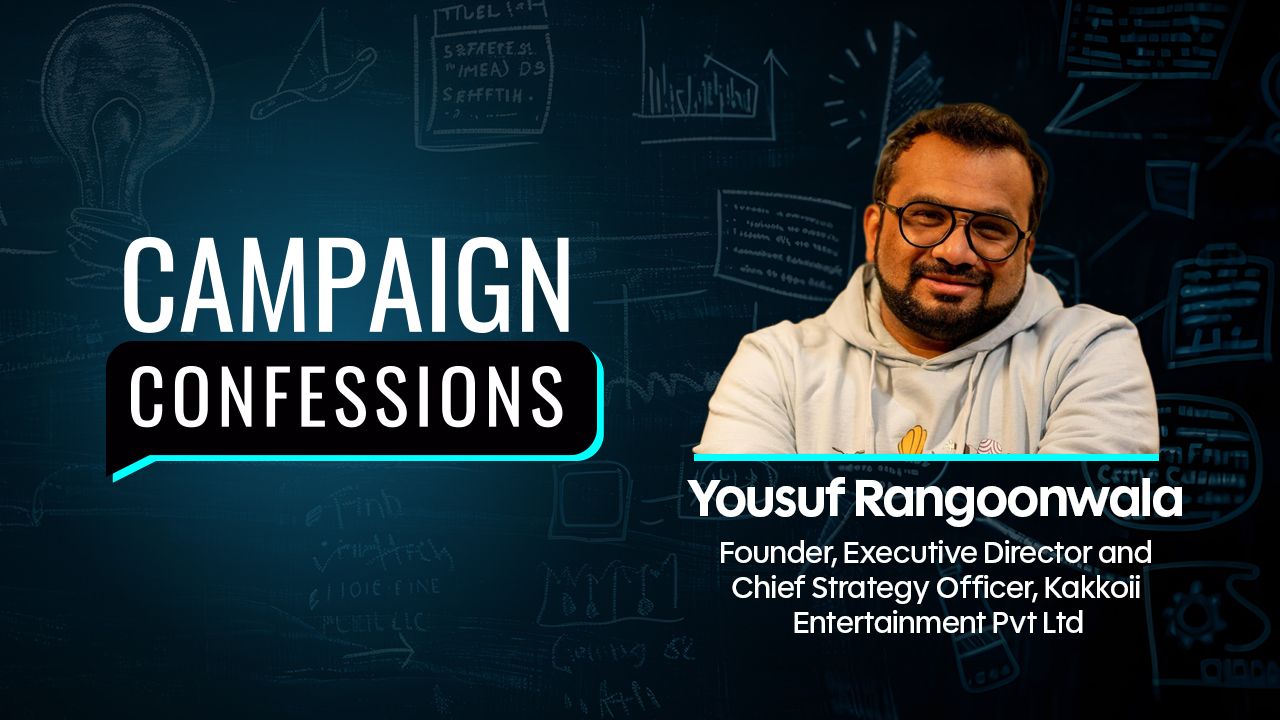The campaign that changed everything: Nihar Shanti Amla

There’s one project that still gives me goosebumps. A campaign that didn’t just surprise the client — it transformed a brand. It was 2012, and what we pulled off with Nihar Shanti Amla still stands as one of the proudest moments of my career. Not because it won awards, though it did. But because it gave me something deeper: satisfaction of helping people, not just doing the work we do, and conviction in brave ideas. In staying the course. In doing what’s right for the brand, even when everyone’s telling you to stop.
Let me take you back.
We stood by our approach to the brand, and even stalled a campaign for 8 whole months. Not because we didn’t know what to do, but because we knew exactly what had to be done. And that takes guts. We stood by our vision while the world moved on. Clients questioned us. Our bosses weren’t thrilled. And the first ad we made? It was met with raised eyebrows, even Sir John Hegarty wasn’t impressed. The execution was off. The feedback was fair. We knew we had to do better.
And we did.
But not before the client gave us a deadline: six months to turn it around or they’d move the brand elsewhere. The pressure was intense. My own team had doubts. One day, when the client came in for an unscheduled meeting, we thought that was it — we were going to be fired. Instead, they told us something incredible: for the first time in the brand’s history, equity scores had jumped by 40 percentage points. Consumers were finally calling it by its name. Not just “the cheap one.”
That was the beginning.
What followed was nothing short of a revolution. Nihar Shanti Amla became a household name. The campaign ran for years, earned recognition from FICCI as one of the most iconic cause branding efforts of its time, and even picked up gold trophies at strategy and effectiveness awards in Singapore and creative awards at Goafest. I met someone from the Marico team years later who said, “I never imagined Nihar Shanti Amla would be awarded on a global stage.” He wasn’t wrong. This was a humble Amla oil — once written off as "cheap" — now earning applause alongside the big brands.
But it wasn’t easy.
We faced everything — internal resistance, rejected research, tough clients. We argued. We fought. We pushed. We had creativity, reasoning, evidence and confidence. And this paid off. The brand “no one wanted to work on” became the one everyone wanted to win with.
It was courageous work. It was so because we weren’t trying to scam our way to an award. We weren’t making films for the sake of agency billing. We weren’t playing it safe just because it was part of a contract. We were doing the hard thing—the right thing—for the brand.
Back in 2011, when the brief first came in, Nihar Shanti Amla was a paradox. It was Marico’s fastest-growing brand—and also their most unprofitable. People bought it, sure, but no one remembered its name. It was “the ₹10 Amla oil.” No equity. No loyalty. No respect. Mr. Harsh Mariwala himself wanted change. And fast.
The team at Marico floated the idea of a tie-up with CRY, the child rights organisation. At first glance, it seemed like a CSR jacket. But we saw it differently. We realised something powerful—Nihar and CRY shared the same geography. The same audience. The same heartland. That’s when we decided to shift the strategy for the brand. Instead of just selling a hair oil, we wanted the brand to offer people the idea of giving back. With every bottle of NSA sold, a child’s education would get a little boost. It wasn’t charity. It was change, created by those who would also be its receivers. This was going to be a first in the FMCG sector of India, and also for social development in the nation.
We moved the reason to buy the product away from price and towards a new meaning. The product hadn’t changed. The audience had. We wanted them to realise they could now be part of something bigger.
And this wasn’t a one-time miracle. Even today, more than a decade later, Nihar Shanti Amla remains a case study at Marico. The brand still contributes to social change, directly from the sale of the product. Young marketers want to work on it. It’s right up there with the biggest brands in the company’s portfolio — not just in numbers, but in pride.
In an industry where mediocrity often hides behind big production budgets and empty storytelling, this was a win for the truth that strategy, creativity and soul build a brand. That conviction counts. That not falling for conventional FMCG marketing is far more rewarding. That when you know your work is good, and it is for good, and your heart is in the right place, it can change the fortunes and lives of people, and a brand and its stakeholders.
It did for us. It did for Nihar. And I’ll always be proud of that.
This article is penned by Yousuf Rangoonwala, Founder, Executive Director and Chief Strategy Officer at Kakkoii Entertainment Pvt Ltd.
Disclaimer: The article features the opinion of the author and does not necessarily reflect the stance of the publication.
News